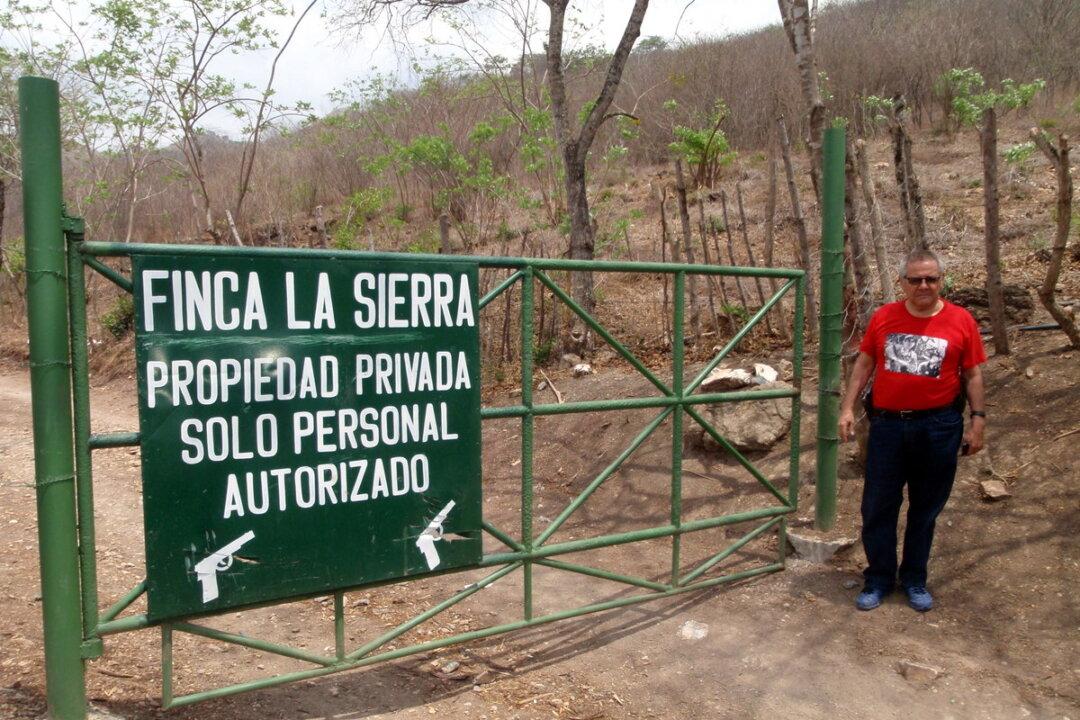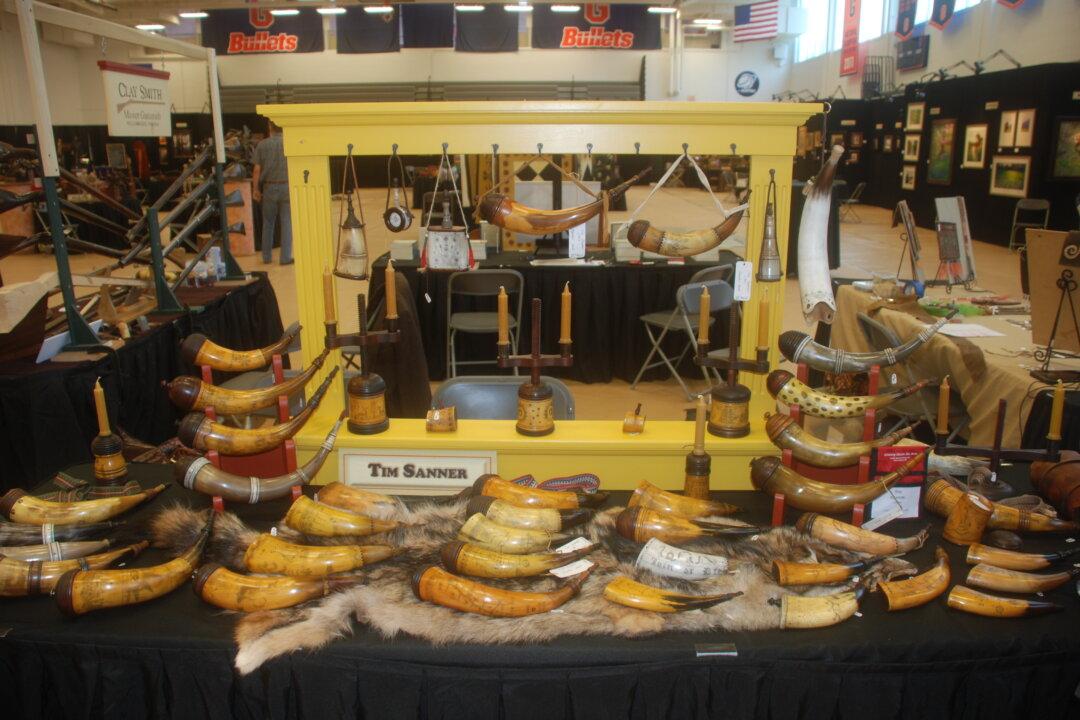The political order in Guatemala has been upended. The vice president has resigned, and so too have the minister of Energy and Mines and the minister of Environment and Natural Resources. The president is embattled and clinging to his office, attempting to stonewall accusations of corruption.
The mass demonstrations that have staggered Guatemala’s government are continuing. On July 25, thousands of students took to the streets of the capital, Guatemala City, to commemorate three months in which the people of Guatemala have protested corruption and demanded the president’s resignation.
A grass-roots movement to protect a nature preserve provided one of the earliest signs that something had changed in the people of Guatemala.





